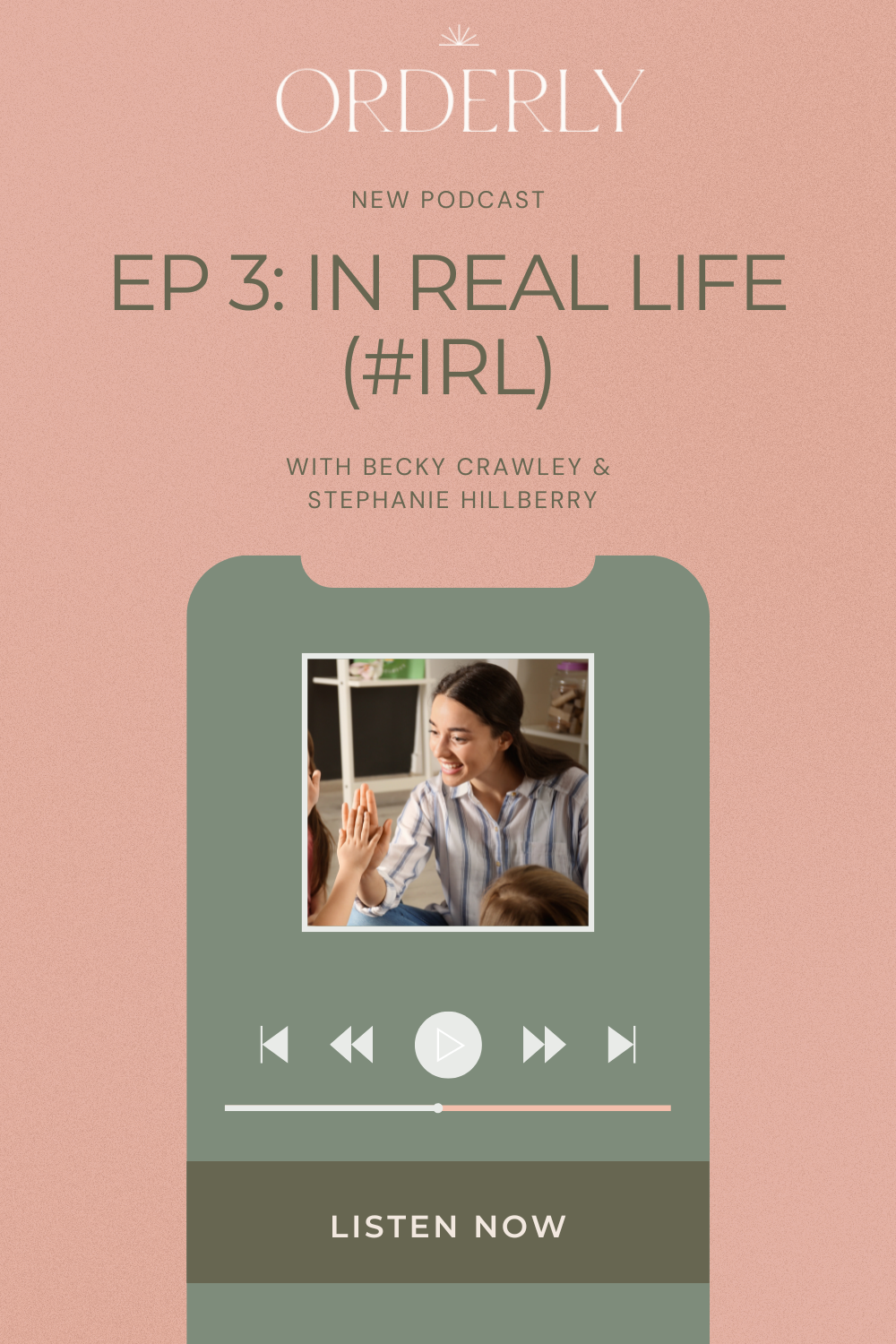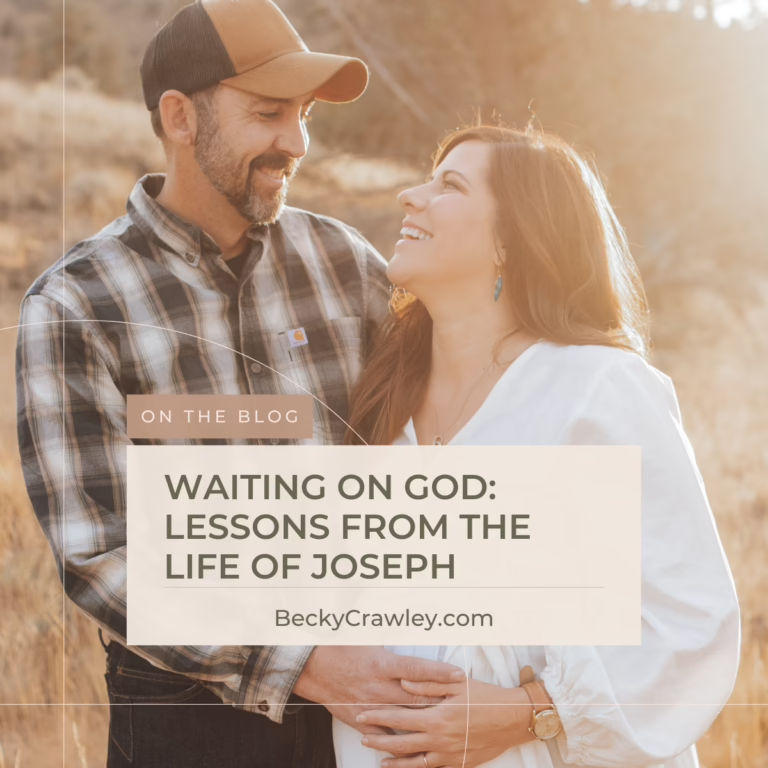In today’s episode, we’re diving deep into what it means to participate in community life in the midst of our busy, disconnected culture—and why it’s more important now than ever.
This topic has been sitting with me since I took a course from The Bible Project earlier this year. The instructor shared a concept that really stuck: the Greek word “koinonia,” which we often translate as “fellowship,” has lost some of its meaning today. She suggested using the word “participation” instead, and that shift has been on my mind ever since.
So, today, we’re unpacking this idea of participation. To truly understand it, we have to look at how we define “community” today—and how different that is from what it used to be.
I found an interesting comparison on Substack’s After Babel newsletter, where they discussed how platforms like YouTube define community:
YouTube’s Definition of Community:
- Creators: Those who produce content
- Viewers: People who engage with that content
- Comments: Where creators and viewers interact
- Subscriptions: The way viewers stay connected
- Engagement: Likes, shares, and comments that build a sense of belonging
Today's culture needs a better translation for "fellowship" we need participation.
STEPHANIE HILLBERRY Tweet
But real, biblical community is something much deeper. In 1 Corinthians, we see how messy and beautiful true community was in the early church. They didn’t just meet up once a week; they shared their lives. One of the most compelling pictures of this comes from Acts 2:
“They devoted themselves to the apostles’ teaching and to fellowship, to the breaking of bread and to prayer… All the believers were together and had everything in common. They sold property and possessions to give to anyone who had need… They broke bread in their homes and ate together with glad and sincere hearts…”
That’s the kind of participation we’re missing today. Too often, our churches struggle to even meet the basic needs for a Sunday service. And as participation drops, so do our communities.
I’ve played my own role in the “professionalization” of the church, having worked in both megachurch ministry and Christian publishing. When we leave participation to the professionals, we turn the church into a spectator sport—and it was never meant to be that way.
One example that still breaks my heart is the women’s ministry we had to shut down due to a lack of childcare volunteers. We were making such an impact on families, but we couldn’t find enough people to support the women attending for just an hour and a half a week.
So what does participation look like today?
- Being neighborly: Showing up for people in small, daily ways.
- Paying attention: Really watching those around you and following up when you notice something is off.
- Saying yes: When you’re asked to serve—whether at church, school, or for a meal train—lean into those opportunities.
- Initiating: Don’t wait for others to invite you. Take the lead in creating community and hanging out in real life.
I hope this episode challenges you to think about how you’re engaging in your own community. It’s not about finding more time; it’s about making time for what matters most. Let’s reclaim what it means to live in true fellowship—or better yet, participation.


